Ancient Sulfur Baths
Artist/Designer: Designer Unknown
Project Location: Tbilisi, Georgia
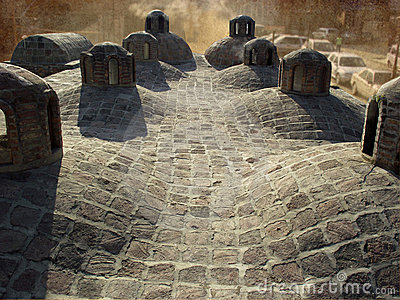
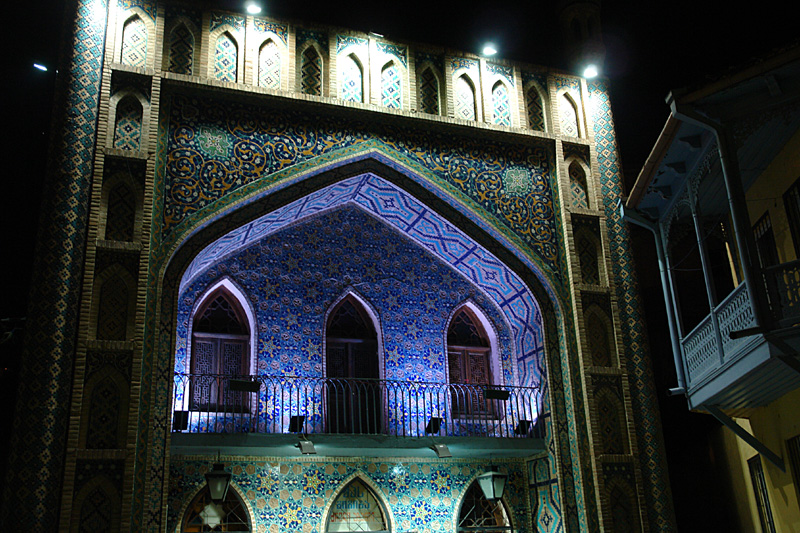
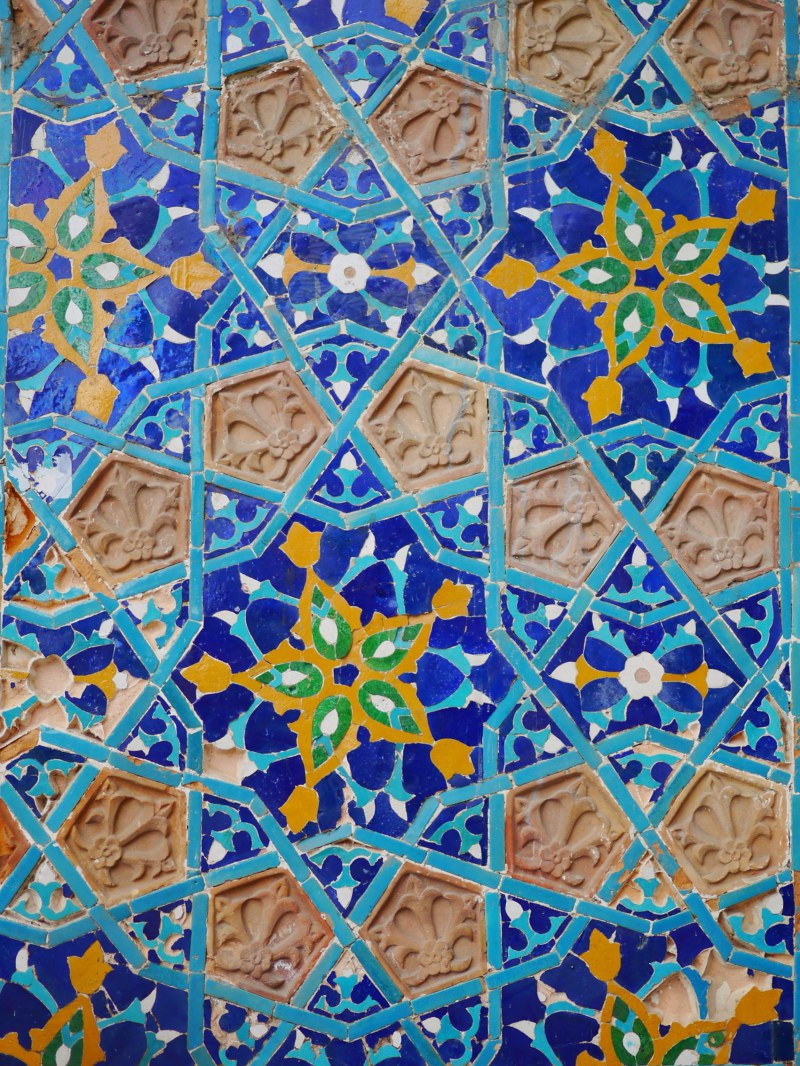
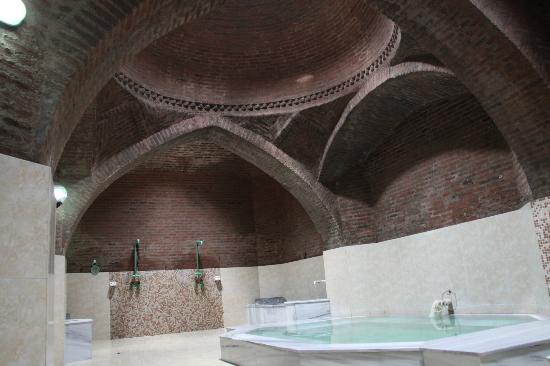
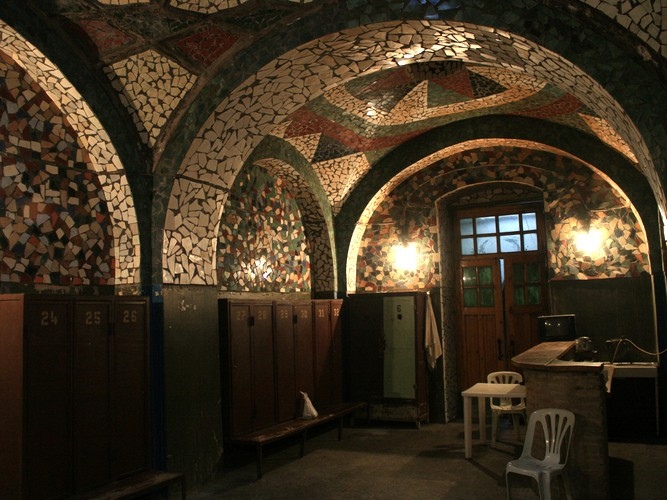
Style/Period(s):
Vernacular
Primary Material(s):
Stone
Function(s):
Health Facility
Related Website(s):
Significant Date(s):
17th Century
Additional Information:
The “Abanotubani” is the name given to the district in the Old Town of Tbilisi where there is a whole street (Abanos kucha) of public bathhouses that use the sulphurous waters of the many hot springs in this area.
The bathhouses are located below ground level with only beehive-like domes visible on the surface.
Over its history, Tbilisi baths were repeatedly ruined and restored. Many of them exist today and their architecture remained unchanged.
Sulfur-alkaline springs occupies the central part of Tbilisi where was formed a bath area (Abanotubani), extending along the street Grishashvili.
In ancient times the most influential people tried to build in the area a bathhouse named in their honor. Changing an ownership meant changing the name of the bath.
Extant baths were built in the XVII-XIX centuries. The oldest one is Iraklievskaya (known since XVI century). Jet set and church representatives as well as royal family were arguing about possessing of this bath. Sumbatovskaya bath is about the same age as Iraklievskaya. In the 17th century Kazennaya and Bebutovskaya baths were built. In 1840 Sendabadskaya sulfuric bath was built.
Following the reconstruction of XIX-XX centuries, the number of baths decreased greatly, many of them have been demolished.
About architecture
Sulfur baths have become an integral part of the traditions and culture of Georgia. They are built in the style of oriental architecture (mostly Persian) with a large basement room which looks like a low building with a dome and a small turret. Through its openings sunlight enters the bath. Walls are made of brick while flooring and bathrooms are made of gray porous stone slabs. Soft lightning contributes total relaxation for bathers.
The only structure that is not hidden under the ground is Orbelianovskaya bath, also known as the “Blue” and sometimes “Colorful”. This beautiful and relatively tall structure has a facade and side minarets decorated with blue tiles. Internal walls are lined with a mosaic of white and green tiles.
Viewers should treat all images as copyrighted and refer to each image's links for copyright information.